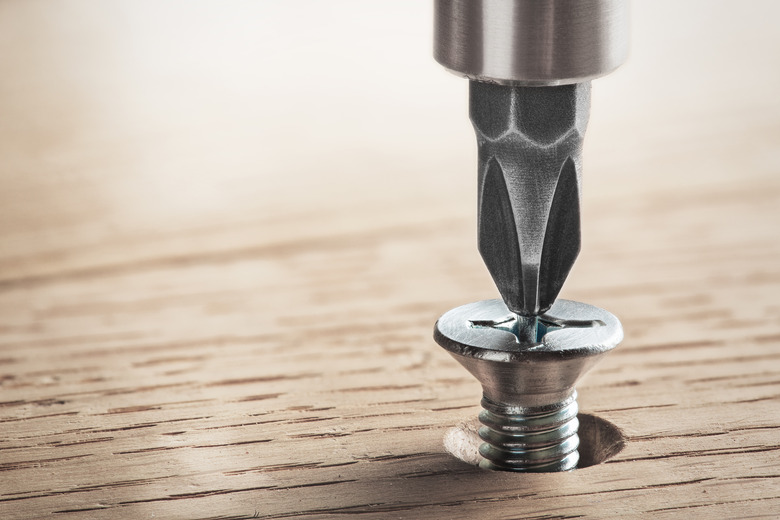How To Remove Old Deck Screws
We may receive a commission on purchases made from links.
Anyone with a wood or composite deck has encountered the following problem: You need to remove a decking board, either because it's worn and needs to be replaced or you need to access the deck foundation or the underside of the deck. When you try to remove the deck screws, one or more strip when you're trying to back them out.
If you're demolishing the deck, you can just take a deckboard removal tool and muscle the board off the joists, screws and all. If you do that, you can sometimes even fill the holes or turn over the boards and reuse them. That's a lot of work, though, and there are easier and more elegant ways to remove stuck and stripped screws.
Use a Deck Screw Extractor
Use a Deck Screw Extractor
The screws you use for decking have either Phillips or hexagonal Torx heads, and when a screw is stuck, it's easy for the drill bit to wear the slots into a smooth crater. Instead of engaging with the screw, the bit spins ineffectively, and the drill motor surges. When that happens, you need a screw extractor, which is a cone-shaped, reverse-thread drill bit.
Many extractor bits come with two ends. On one end is a cutting tool to make a hole for the other end, which is the extractor. Insert the bit into your drill with the cutting end exposed, set the drill in reverse, and use the bit to grind a depression in the screw head. When the hole is deep enough, reverse the bit in your drill, keep the drill in reverse, insert the extractor into the head, and push down while you operate the drill at a low speed to back out the screw.
Use Locking or Regular Pliers
Use Locking or Regular Pliers
When you're driving a screw into dense wood, the head sometimes strips before the screw sinks all the way. You can't leave the screw like that, obviously, so you try to back out the screw, but you have no luck. If the head is more than about a half inch above the wood, you can extract the screw by locking on a pair of locking pliers and using them to turn the screw counterclockwise.
Locking pliers won't help if the head is closer to the wood than a half inch because they can't grab on. You might be able to grab the head with a pair of nonlocking pliers, especially if you use pliers designed specifically for this purpose, such as Vampliers. A good pair of linesman pliers may also work.
Other Ways to Remove Deck Screws
Other Ways to Remove Deck Screws
If you have a lot of screws to extract, avoid stripped heads by putting a few drops of a friction gel on each head before you back it out. The gel increases the friction between the drill bit and the screw head by as much as 400 percent and pretty much eliminates stripped heads. It even works if the head is already stripped.
If you end up simply prying off a decking board and one or more of the screws remains embedded in the joist, you can use any of the above methods to extract it if the head is stripped. It's a lot easier, however, to just break off the screw. A few hard taps with a hammer is all it takes to do that.
